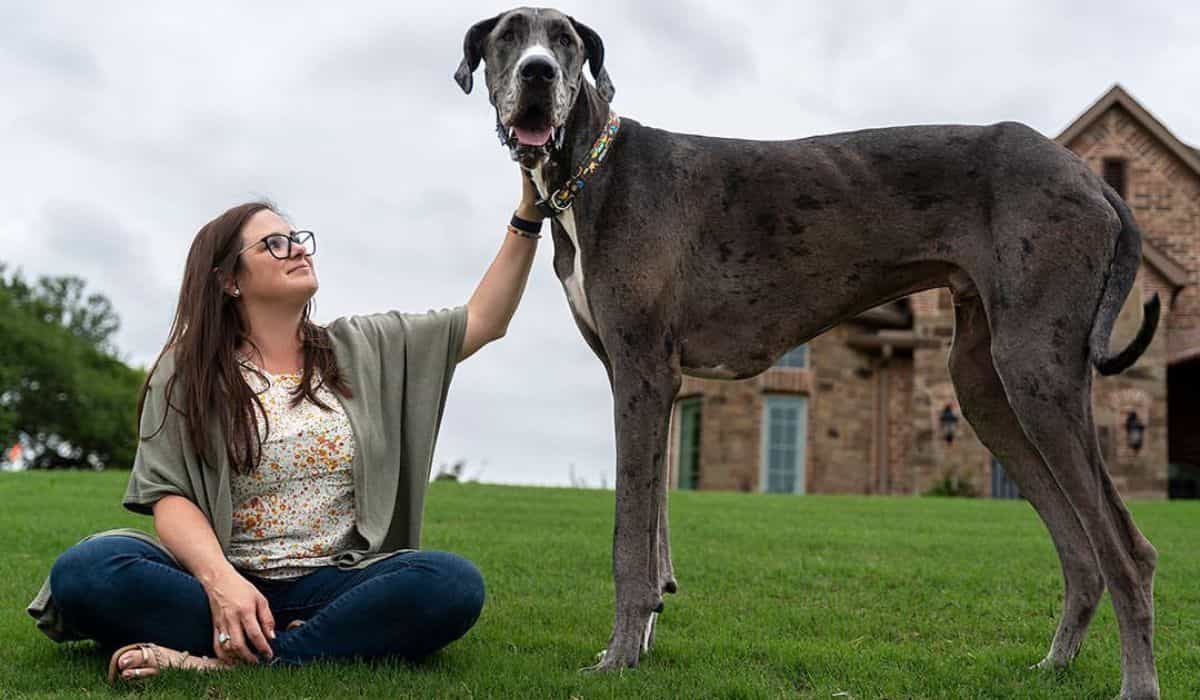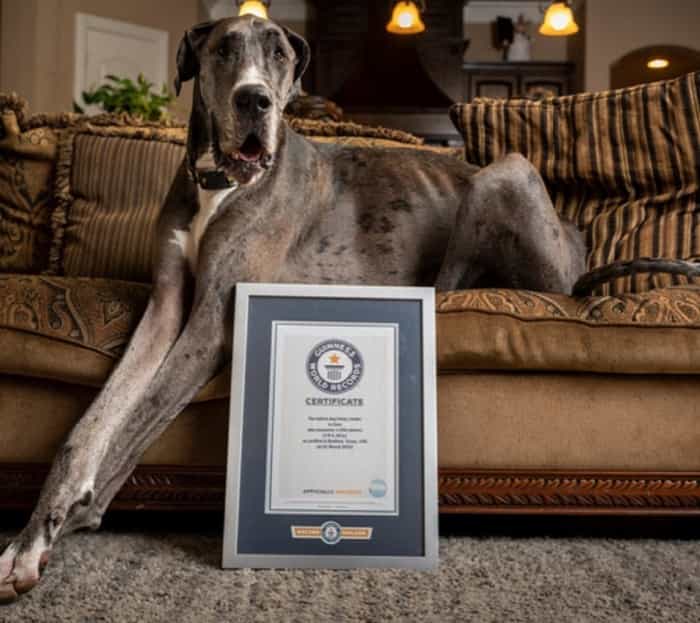
Large dogs, such as Great Danes, have shorter lives compared to smaller breeds, and scientists are just beginning to understand why.
+This video of a little piglet in its owner’s hands is the cutest thing you’ll see today.
+Video shows what it’s like to care for an extremely aggressive cat
One example is Zeus, a Great Dane who became the world’s largest dog but only lived for four years before succumbing to health problems related to his size.

Larger breeds, like Great Danes, live on average between 8 and 10 years, partly because body size is a significant factor in canine longevity.
The accelerated growth of larger dogs affects their cells, speeding up aging and making them more vulnerable to diseases such as cancer. Moreover, this link between size and shorter lifespan doesn’t occur in other larger animal species, which tend to live longer and have less risk of diseases.
This is known as Peto’s paradox, and scientists believe that large dogs haven’t yet evolved sufficient adaptations to cope with the elevated risk of such diseases.
Owners of large dogs can help improve their pets’ quality of life with specific care, such as monitoring weight and addressing health issues early on.
There are also suggestions that breeding patterns for large dogs should be adjusted to reduce body size and diversify genetics, which could help prevent some diseases. Despite the challenges, owners like Brittany Davis still find it rewarding to share their lives with these giant dogs, even if for a short time.
Source: National Geographic | Photo: Instagram @guinnessworldrecords | This content was created with the help of AI and reviewed by the editorial team.

